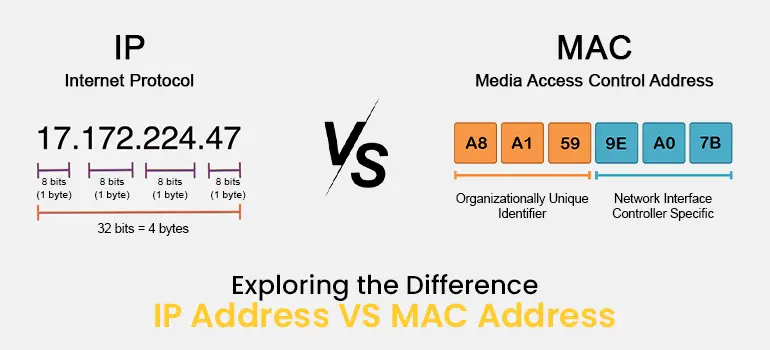The OSI Model: The Blueprint of Network Communication
The OSI (Open Systems Interconnection) model is a framework used to standardize the communication process between devices in a network. It divides this process into seven layers, each responsible for specific functions such as physical transmission, data routing, and application interaction. The OSI model helps to organize network functions into distinct layers, making it easier for network engineers and IT professionals to troubleshoot and develop networking protocols and technologies. It serves as a reference for designing, implementing, and managing networks of any size, providing a common language and structure.






